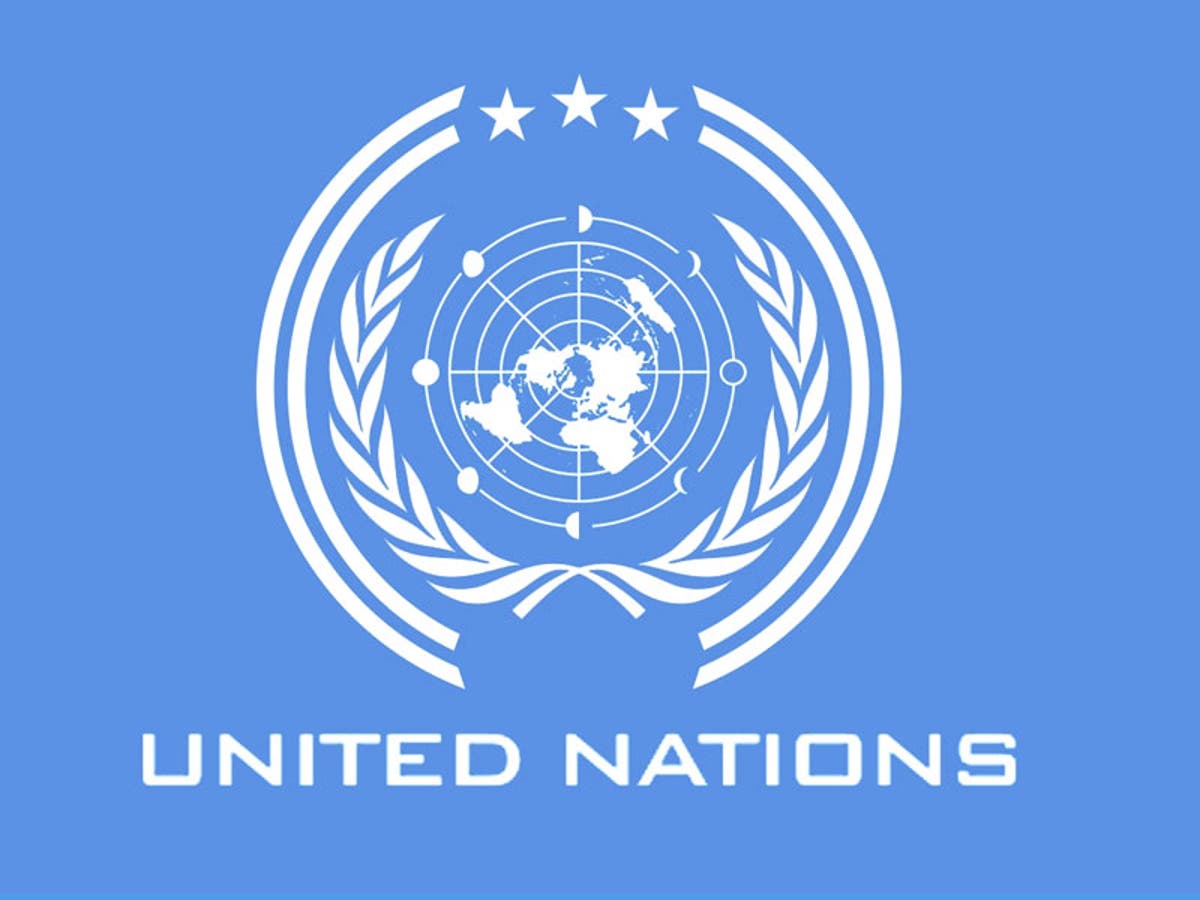UN recommends 15% budget financing to bridge gender gap in Nigeria
The United Nations has called on Ministries, Departments and Agencies of government across the country to allocate 15 percent of its budget as part of measures to bridge gender equality across the country. The Country Representative of UN Women in Nigeria, Mrs. Beatrice Eyong, made the disclosure in Abuja at a high- level meeting tagged […]

United Nations
The United Nations has called on Ministries, Departments and Agencies of government across the country to allocate 15 percent of its budget as part of measures to bridge gender equality across the country.
The Country Representative of UN Women in Nigeria, Mrs. Beatrice Eyong, made the disclosure in Abuja at a high- level meeting tagged “Closing the Gender Gap: Financing Solutions for SDG 5”.
She said, “The Secretary-General’s Executive Committee recommended creating a High-Level Task Force on Financing for Gender Equality to review and enhance UN budgets for gender initiatives. By 2022, four UN entities (ESCWA, UNAIDS, UNICEF, and UNOCT) set a minimum financial target of 15% for gender equality, while others established customized targets. We recommend that this minimum standard should be implemented across MDAs and all international agencies.”
She added that more than 60 countries in the world have commenced gender responsive budgeting which ensures equitable distribution of national wealth to bridge the gender gap.
Also speaking, Elsie Attafuah – Resident Representative, United Nations Development Programme (UNDP) noted that Bridging gender gap is estimated to add 28trn to global Gross Domestic Product and also add additional 200bn to Nigeria’s GDP by 2025
Earlier in her remarks, the Princess Adejoke Orelope-Adefulire, Senior Special Assistant to The President on Sustainable Development Goals, stated that to address the financing challenge, “Nigeria has designed its Integrated National Financing Framework (INFF) in 2022. The INFF serves as a planning and delivery tool to finance sustainable development at the national level. It helps policymakers lay out a strategy to increase investments for sustainable development, manage financial and non-financial risks, and ultimately achieve sustainable development priorities,”
